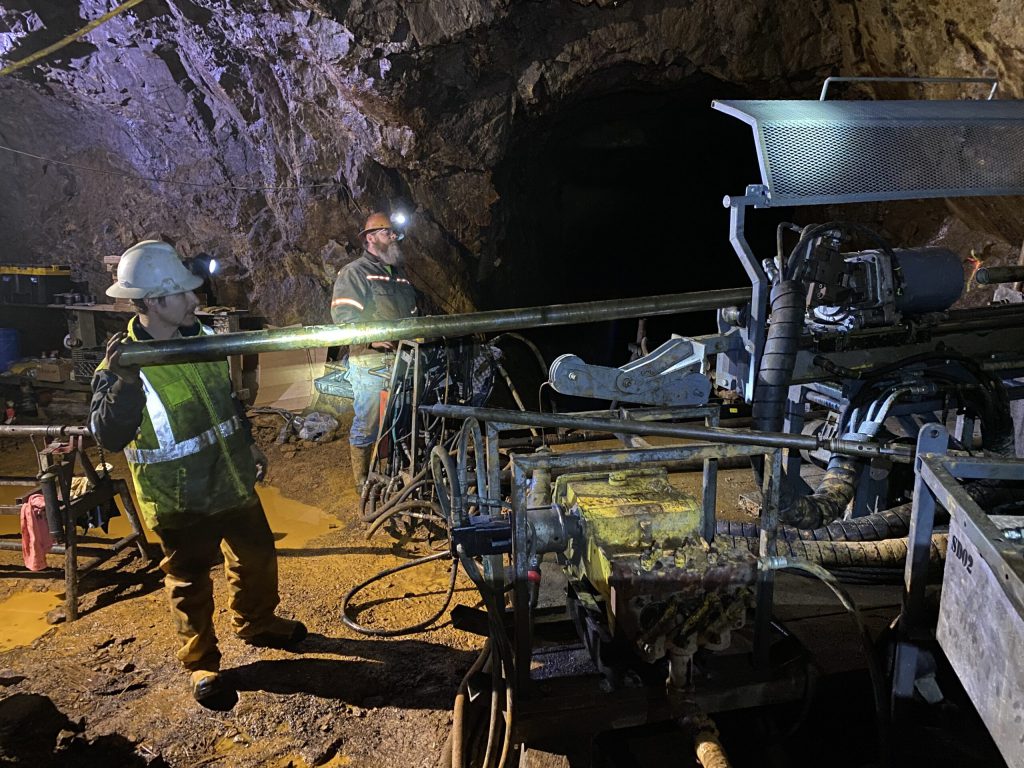Bunker Hill announces updated resource and identifies new silver exploration targets

Bunker Hill Mining Corp. [BNKR-CSE] reported a significant resource increase at Bunker Hill Mine located in Idaho’s Silver Valley, USA. This underpins the Preliminary Economic Assessment (PEA), aimed the mine’s rapid restart potential, due to be published in early Q2-2021.
Highlights
The previous 8.8 million tonnes Inferred resource has been significantly upgraded, supporting the rapid restart program:
Indicated resources stand at 4.4 million tonnes containing 3.03 million ounces of silver of silver, 487 million lbs zinc and 176 million lbs lead.
Inferred resources are pegged at 5.6 million tonnes containing 8.3 million oz silver, 548 millions lbs zinc, and 312 million lbs lead.
New resources were added in the UTZ Zone with successful silver exploration drilling. The PEA remains on track for completion in early Q2-2021. New, near surface silver exploration targets will be evaluated in current drilling campaign.
Sam Ash, CEO, stated: “We are excited to see the results of our drilling campaign and continued digitization realized in this significant upgrade of the resource at Bunker Hill, building on the maiden resource we published less than a year ago. This demonstrates the mine’s outstanding mineral potential, which we expect to be reflected in the PEA assessing a rapid restart. This remains on track for delivery in early April. As part of the on-going campaign to add more silver to our resources, we have also identified some exciting new silver exploration targets in the upper levels of the mine which will be evaluated by drilling over the next few weeks.”
New interpretation and analysis based on developments in the geologic model have identified an exciting new silver exploration opportunity in the hanging wall of the Cate Fault in the upper areas of the Bunker Hill Mine.
Drill hole 7046 returned 23.5 metres of 92.3 g/t AgEq, including 1.4 metres of 255.4 g/t AgEq. Hole 7054 returned 3.3 metres of 337.1 g/t AgEq.
Silver production at Bunker Hill came largely from discrete Galena-Quartz Veins that formed ore shoots hosted in preferable quartzite beds of the Revett formation.
